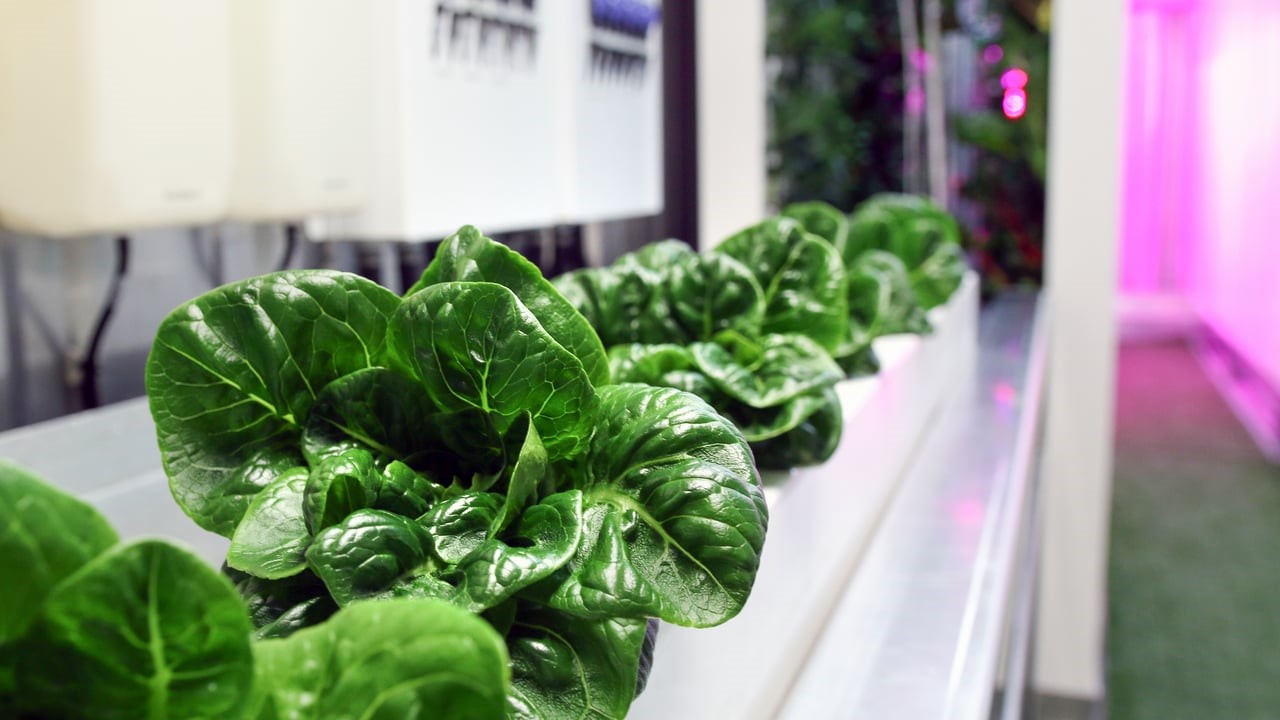
Vertical farming
With urban agriculture gaining traction, the number of indoor growers has grown substantially. This growth can be attributed to rising of the world’s population against the dwindling size of arable lands and the water sources to support conventional farming. Traditionally, urban agriculture was characterized by greenhouse crop production. However, technological advancement has seen urban agriculture grow further to constitute container and vertical farming. According to a report by Agrilyst, the reduction in the cost of LED will spur large investments from indoor growers. LEDs for vertical farming are expected to be absorbed more than they currently are.
LEDs for Vertical farming
LEDs offer great coverage and utility making them the ideal option for indoor growers. Despite all these positive attributes, it is important to note that LED light also produce heat. The farmer’s ability to manage the excess heat is what makes all the difference. This heat also affects the life of the LED lights. The hotter the environment the shorter the lifespan. It is important for farmers to take this into consideration when designing their farms. Listed below are 6 different types of LEDs for vertical farming, their features, benefits and the challenges they present.
General Electric LEDs
Despite having been in the lighting game for a long time, it was not until recently that GE made a serious push into horticultural lighting sector. Their push is fueled by the desire to help indoor growers reduce electricity consumption through the provision of wave-length optimized grow lights. The lights have also been designed to be waterproof and to produce diffused light. Plants do well with diffused light since it does not allow shadowing. GE’ lights have achieved dominance amongst Japanese farmers and are slowly gaining popularity in the USA.
Phillips Green Power LEDs
Phillips is famous for long-lasting LEDs. Besides being of high quality, their LED products are a little pricey compared to other. Phillip’s Green Power Product line includes special bars that are customized to meet the farmer’s specific applications. Their Green Power Product line is composed of inter-lighting, research, testing, top-lighting and even tissue culture products. It’s, therefore, to carefully go through them to understand that which best meets your farming needs.
Transcend Lighting LEDs
If you haven’t heard of Transcend before, then it’s probably because it is a startup. Transcend is doing a great job with LED bulbs. It has produced a stunning LED that is an equivalent of T5 that fits in the regular T5 fixture. Its fixture has a nice heatsink behind it that has been designed using a propriety coding technology to achieve a good spectrum.
Intravision Blade LEDs
Intravision is a Canada based fast-moving LED technology corporation that manufactures narrow bandwidth and colored lights for various uses within modern agriculture and beyond. The “Blade” is probably one of its most famous product. It has LED on two sides and is sturdy yet sleek. It’s ideal for vertical farmers who intend to use the light for inter lighting for instance in tomato farming.
LEDs from third parties
There are numerous Chinese manufacturers producing nice LEDs these days. However much their product looks appealing, there are numerous unknowns that come with them, for instance, the quality, reliability, and warranty. The other concern is also the amount of heat they emit. In as much as they may be appealing owing to their low pricing, farmers are encouraged to subscribe to established brands owing to the certainties that come with them.
LumiBar LEDs
LumiBar LEDs are manufactured by LumiGrow. It is one of the few high voltage bars available in the LED market. The 185-watt Lumigrow Lumibar puts out 50 watts more than the low voltage LEDs. High voltage lights produce higher light intensities that have fewer bars and do not have to be positioned closer to the plants. Fewer lights translate to lower initial investment and in this case, the challenges of having the light close to the plants are eliminated. Heat management also becomes easier.
LED bars are ideal for providing crops with the light they need to grow. There are many types of them on the market. Their features also vary substantially. One thing is constant though, the fact that they generate heat. It is important to note that uncontrolled heat could lead to increased relative humidity which could, in turn, lead to increased disease incidence. It is, therefore, to put heat management into consideration when choosing the LED to be used.







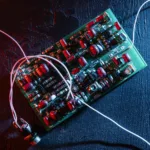
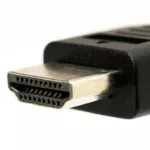
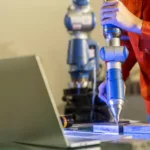

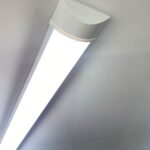
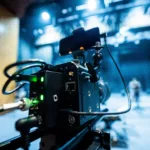
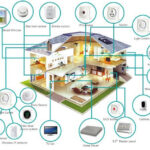



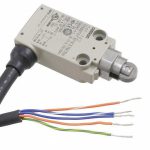




2 Comments